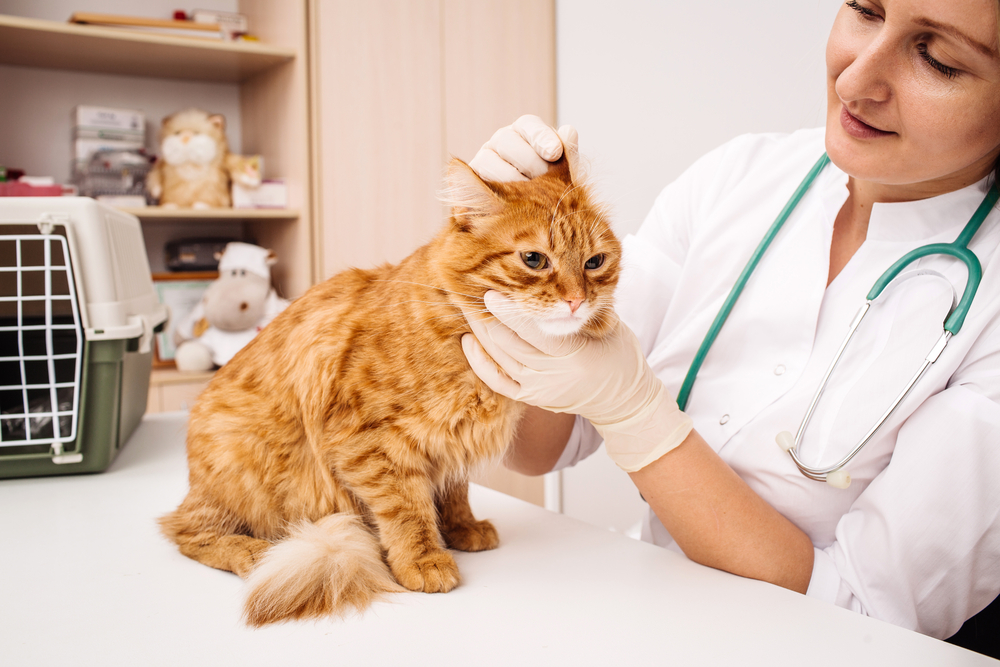
Treating Diabetes in Cats and Dogs
Diabetes is a serious chronic condition that is known to affect more than half the population across the world. Diabetes mellitus is a group of metabolic conditions that don’t allow the body to process the hormone insulin properly or the cells in the body react unfavorably to the insulin. The resultant condition is that the blood sugar levels keep fluctuating frequently and diabetes often opens the floodgates to several other ailments. Contrary to what we believe, diabetes doesn’t only affect humans; even our furry friends can develop diabetes if the cells in the pancreas produce little or no insulin or have an abnormal response to it.
It is easier to detect diabetes in human beings than in animals, but if your cat or dog displays the following symptoms, it is essential to take them to the vet right away.
● Frequent urination
● Unusually thirsty
● Constant hunger
● Sudden loss in weight
● Eyes appear cloudy
● Coat deteriorates
● Sleeps more or becomes less active
If your pet displays either of these symptoms, it is essential to seek immediate medical because if diabetes goes undetected, it can prove fatal to your pet. Diabetes has no absolute cure, but there are several ways of coexisting with the condition. Even your pets can lead a normal life despite being diagnosed with diabetes. Read on to learn more of ways to manage diabetes in cats and dogs.
● The treatment for diabetes in cats and dogs includes the use of insulin. Whether or not your cat or dog needs insulin every day depends on the pet’s specific insulin requirement. You need to take your pet to the vet to determine the type of insulin and the daily dose that has to be administered to them. As this dosage varies, no two animals can be administered the same type and dosage of insulin.
● Just as it is with humans, the diet remains the major component in helping manage this chronic condition. It is imperative that you pay attention to your dog or cat’s diet as it helps in managing diabetes more effectively. Your pets should be fed a nutritious diet that proves instrumental in minimizing the fluctuations in glucose levels and helps them in maintaining a healthy weight. There are certain special weight management foods for cats and dogs that prove beneficial in helping manage the glucose levels in the blood. Also, you need to ensure that the diet is high in proteins and low in fat and consists of complex carbohydrates and dietary fiber that slows down the absorption of glucose from the digestive system.
● Ensuring that your pet eats the special weight management cat or dog food is a great way of managing diabetes, but it becomes more effective if it is coupled with a regular exercise regime. Exercising regularly will affect your pet’s blood glucose concentrations; however, you must ensure that you check with the vet before deciding on the type of physical activity your pet needs.
● One of the major commandments to adhere to while managing your pet’s diabetes is to take them for regular checkups. Diabetes is known to affect pets differently over a period of time, even if the blood glucose levels have been stable for a long time. It is always beneficial to know your pet’s health status and make changes accordingly. Moreover, before changing your pet’s diet, consult with the vet and choose the best weight and glucose management food for your pets.


